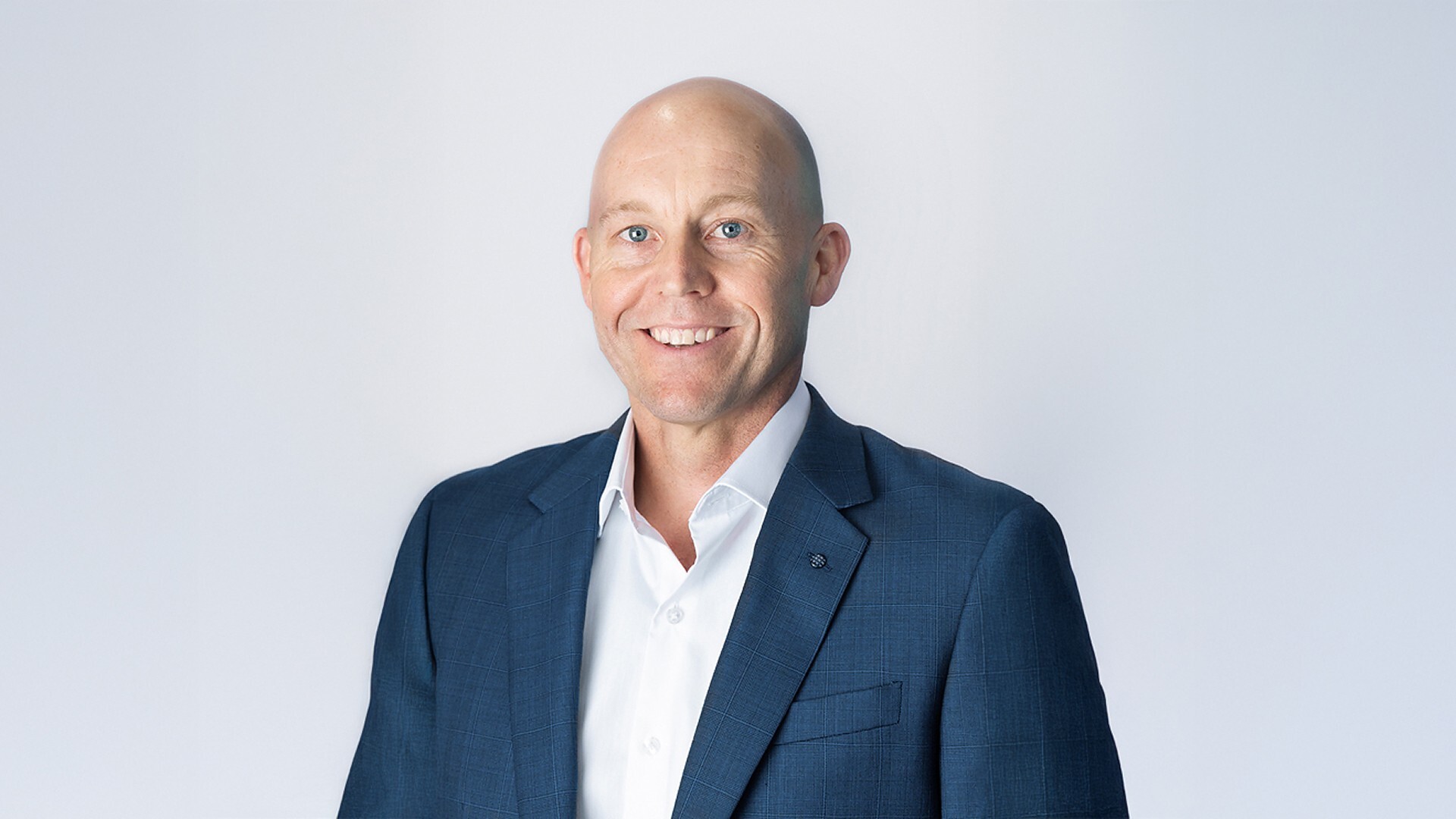The ASX stocks and ETFs advisers use to build generational wealth for their kids
Some days it feels like we’re constantly caught between two extremes - worrying about when the AI overlords will take over and make us all irrelevant, then next minute, stressing about what’s for dinner.
But somewhere in the middle sits the question that really matters: how do we give our kids the best possible start in life - financially, at least?
We’ve already covered the basics of investing for children and grandchildren. This time, I wanted to go a step further. What does it actually look like in practice? How do the professionals do it for their own families?
So, I asked the following three seasoned experts to open their books and share exactly how they’re setting their kids up for the long run.
- David Lane, Ord Minnett
- Chris Brycki, Stockspot
- Hugh Robertson, Centaur Financial
David Lane, Ord Minnett: ETFs, discipline and a long-term mindset

For Ord Minnett’s David Lane, investing for his kids has been a natural extension of his day-to-day work and his children have grown up learning by example.
“My children are now young adults (25, 22 and 19). Our eldest two have completed their university education and are working full-time, while our youngest is a full-time university student with three different casual jobs,” he says.
“All three have investment portfolios from their own employment income, having taken advantage of the ability to save while having low expenses while still living with us.”
Instead of charging board, Lane encouraged saving and investing from every pay.
“We decided not to adopt the approach of charging them ‘board’ like my parents did to me, instead encouraging them to build a discipline of saving funds from each pay. Banking apps work well and provide the ability to create sub-accounts that can be used for saving, holidays and leisure," he says.
From ETFs to stock picking
Their portfolios began with a simple foundation of ETFs. “They are low-cost and provide adequate diversification,” Lane explains.
The ETF mix is diversified across markets. “For international exposure, they have the VanEck MSCI International Quality ETF (ASX: QUAL) and Vanguard MSCI Index International Shares (Hedged) ETF (ASX: VGAD), to provide international equity exposure and reduce some of the exposure to currency risk."
Lane still remembers how exchange rates can swing.
“I have a long memory about the significant impact that currency can have on long-term investing. While it may not happen, I remember last time the AUD rallied from 60c to over $1 against the USD and wiped out all investment gains.”
On the Australian side, “they have a combination of iShares Edge MSCI Australia Multifactor ETF (ASX: AUMF), SPDR 200 ETF (ASX: STW) and iShares S&P/ASX 200 (ASX: IOZ). We bought some more STW when the market tumbled in April following ‘Liberation Day’.”
Like any cautious investor, Lane’s family is holding some cash. “We have been delaying deploying due to concerns about the level of markets and the vulnerability to a potential correction. We are waiting for the right opportunity to add to their portfolio at cheaper prices.”
Lane’s two eldest children have now added some specific stocks to their portfolio independently. His daughter has branched out into stocks like Resmed (ASX: RMD), Qube (ASX: QUB) and a small holding in Brainchip (ASX: BRN) as a speculative way to get in on the AI theme, while his son has bought his own apartment and has a mortgage, but has been able to do so while still retaining a decent-sized investment portfolio.
“The discipline of setting aside funds monthly and building a long-term investment portfolio have assisted him in both building an asset base and showing the bank he has the capacity to service a mortgage,” Lane says.
A sense of ownership and control
Each of Lane’s children now owns investments in their own names. “Our Family Trust was useful when they were younger, but now they are adults and earning their own income – and building investment portfolios with their own money – it is best they control their own investments.”
While they can access the funds any time, Lane says they’ve been taught to think long term. “It’s their money, so they can access it if they choose. However, we have reinforced the importance of adopting a long-term approach and saving for specific purposes.”
His daughter, for instance, is currently travelling the world. “She has been saving for her ‘adventure of a lifetime’ in a separate account. So far, she hasn’t had to dip into her portfolio, but it’s liquid if she does get to the point where she needs some money.”
For Lane, the lessons go beyond finance. “I’ve always spoken to them about the economy and markets, and the passion that I have for investing,” he says.
“In recent years, as they began to earn money from their own efforts, we have instilled the importance of discipline and using automation to divert funds from their pay into different sub-accounts for spending, saving and holidays.”
Chris Brycki, Stockspot: Simplicity, ETFs and learning by doing
.jpg)
Stockspot founder Chris Brycki takes a simple approach when investing for his children.
“We’ve got three boys all under 10, so their portfolios are still in the early compounding stage,” he says. “They each have their own Stockspot Kids account, which we use to invest regularly and watch the power of time and patience at work.”
“It’s a great way to teach them about saving, delayed gratification, and let them experience compound growth. They can see deposits appear instantly in their accounts, so when they earn pocket money or do chores, they get to watch that money invested. It makes the whole process tangible and exciting for them.”
Brycki’s kids also love learning about the companies they own. “The older ones are actively interested in how their portfolios are going. Because they’ve got decades ahead of them, they’re invested in a growth-oriented ETF portfolio that owns thousands of companies around the world," he said.
“The goal is simple: to build a solid foundation now that can quietly grow in the background for their future.”
Low cost, transparent and long-term
The investments are technically held in Brycki’s name, like all Stockspot Kids accounts, with the children’s names listed as designations. “It’s simple, transparent and avoids the cost and complexity of setting up a formal trust or company structure,” he says.
“Even though the investments are technically in my name, the money is set aside entirely for them. It’s their nest egg for the future.”
They’re invested in a Stockspot diversified ETF portfolio which includes Australian shares (ASX: VAS), global and emerging markets shares (ASX: IOO and ASX: IEM), government and corporate bonds (ASX: IAF), and gold (ASX: GOLD).
He’s also recently introduced cryptocurrency. “I’ve also recently added the Bitcoin and Ethereum ETFs (CBOE: EBTC and CBOE: EETH) mainly to spark their curiosity about digital assets and help them understand this growing part of markets.”
“For kids, I usually recommend our growth portfolios like Topaz or Emerald. They hold around 70% to 80% in growth assets and the rest in defensive assets (bonds and gold). What I love is that my kids can actually see the companies they own, like Apple, AirBnB, Nike or Bega and connect those brands to the world around them.”
Brycki expects the funds to remain untouched for years.
“We plan for them to access the money when they’re in their late teens or early 20s, or once they’ve shown they understand the value of saving and investing," he says.
Ultimately, it’s about educating them to be good with money.
“We talk about how investing isn’t about guessing or gambling, it’s about owning small parts of real companies that make products and services people use every day,” he says. “The message I try to teach is simple. Stay consistent, and don’t worry about short-term market moves. Compounding and patience do the heavy lifting.”
Hugh Robertson: Playing the long game

For financial adviser Hugh Robertson, investing for his four children (aged 11, 9, 7 and 5) is all about longevity and discipline.
“They each have had a Generation Life insurance bond since birth, and we contribute $200 per month for each of them,” he says.
The investments are spread across two funds: the Hyperion Australian Growth Companies Fund (ASX: HYGG) and the VanEck MSCI International Quality ETF (QUAL).
The access age is deliberately set far in the future. “Access age is 25,” Robertson says. “My view with this is that if we do this for them from birth with a reasonable rate of return, it’s going to give them more than enough for a house deposit as opposed to access at age 18 and them buying a car and blowing the money.”
“Plus, the compounding that comes into it in those final 7 years is pretty epic. My hope would be that they would choose to leave it to stay invested, and it would be more than enough for a great retirement for them.”
Teaching value and patience
Education plays a big part in Robertson’s approach. “We teach them about this every quarter - we review the performance, talk about what the managers invest in and how the companies earn their revenue,” he explains.
“Trying to teach them the value of compound interest, and understanding the concept of being able to buy more in a down market is a good thing, as long-term it goes up.”
Have you invested for your kids using any of the above products? Let us know your approach in the comments.

3 topics
12 stocks mentioned
13 funds mentioned
.jpg)
.jpg)